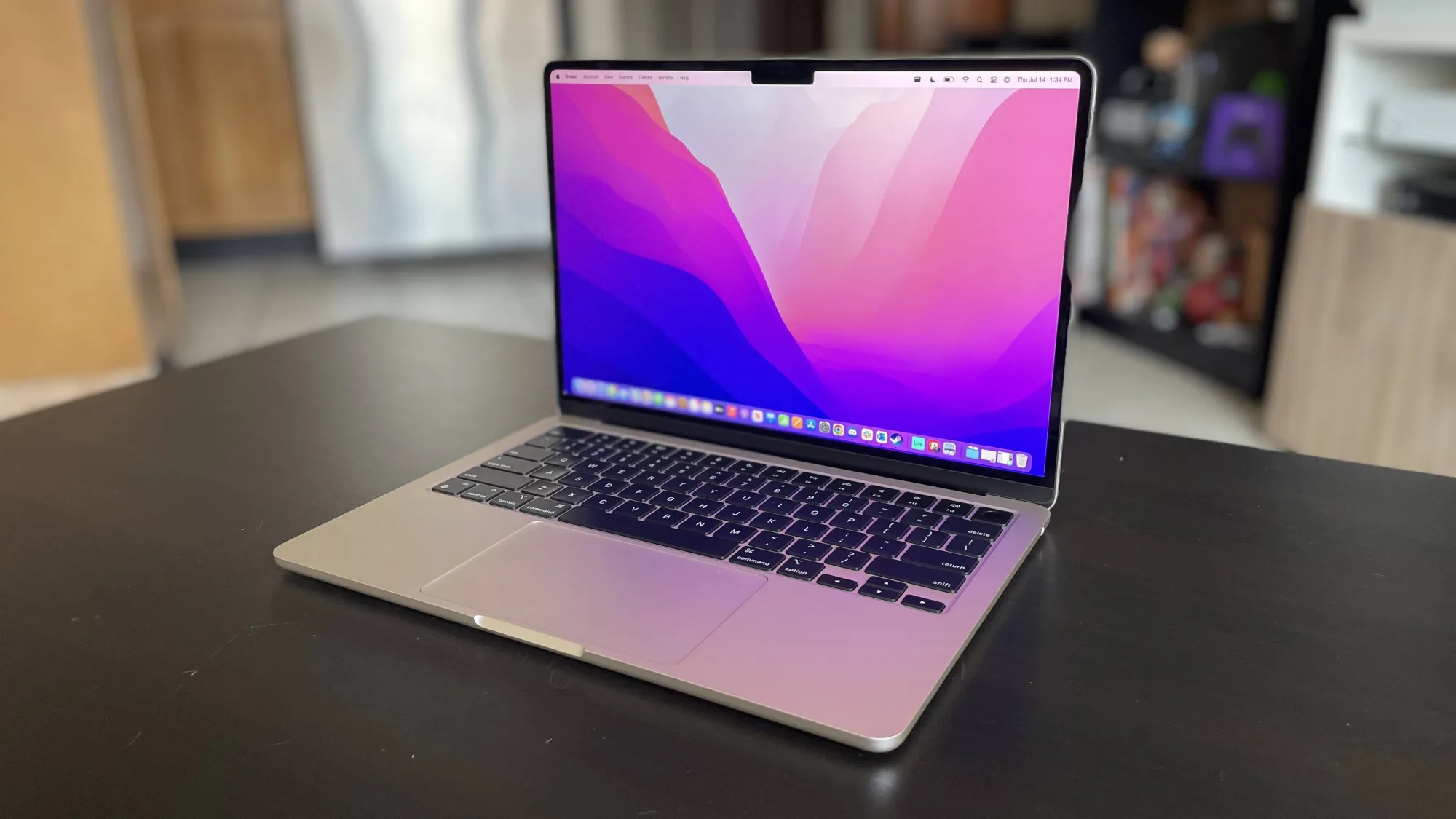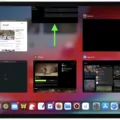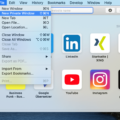If you’ve ever experienced sluggish performance on your Mac, a hard refresh mght be the answer. Sometimes referred to as a “hard reset,” a hard refresh clears out any cached data stored in your Mac’s memory and forces it to reload all of its content from scratch. This can help to restore your Mac’s original performance level and help you troubleshoot any issues you may be having with your device.
Fortunately, performing a hard refresh on your Mac is fairly straightforward. First, you’ll need to open the Terminal app. You can do this by searching for “Terminal” in Spotlight Search or by navigating to Applications > Utilities > Terminal in Finder.
Once the Terminal app is open, enter the following command into the prompt: “sudo killall -HUP mDNSResponder.” This will force your Mac to flush its DNS cache and reload all of its content from scratch. After you enter this command, press Enter and wait for the process to complete—it should only take a few seconds.
Remember that after performing a hard refresh, some applications may take longer than usual to launch as they are re-caching their content. It also may be necessary to log out of your user account and back in again for changes to take effect if you’re having issues with specific apps or programs.
Overall, hard refreshing your Mac can be an effective way of troubleshooting any performance issues you may be having with your device. Try it out if you ever experience slowdowns or other issues with your machine!
Using Ctrl F5 on a Mac
Ctrl + F5 on a Mac is the shortcut used to force a page to reload. It works similarly to Cmd-Shift-R or Shift-Reload, allowing you to refresh the page without having to manually click the refresh button next to the URL. This is particularly useful when dealing with webpages that have not been cached by your browser, or when making changes to a webpage that require an immediate reload.

Performing a Hard Refresh on a Macbook Pro
A hard refresh on a Macbook Pro can be achieved by holding down the ? Cmd and ? Shift keys, then pressing R. This will case the page to reload from the server and ignore any cached version that may have been stored on your computer.
How to Perform a Hard Refresh
A hard refresh is a way to clear your browser’s cache and reload a web page. To do this in Google Chrome on Windows or Linux Operating Systems, you can hold down the Ctrl (Control) + Shift keys and then click the R key. Alternatively, you can hold down the Ctrl (Control) key and then click the Reload button or press F5. Finally, you can open Chrome Dev Tools by pressing F12, right-click the Reload button, and then select Hard Reload. By ding this, your browser will clear its cache and reload the web page with any new updates.
Refreshing a Mac
A full refresh on a Mac can be accomplished using the keyboard shortcut Command + Shift + R. This is known as a hard refresh and allows you to reload the page wihout any cached data or images. To do this, simply hold down the Command key and press Shift and R at the same time. Alternatively, you can also hold down the Ctrl key and click the Reload button in your browser window. Either of these methods will allow you to fully refresh the page on your Mac.
Does Refreshing on Mac Use F5?
Yes, F5 can be used to refresh a web page on a Mac. The Mac equivalent of the F5 key is the command key plus R (command + R). Pressing both keys together will do the same thing as pressing F5 on a Windows computer; it will refresh the web page and reload it with the latest content.
Refresh Key on a Mac
On a Mac, the shortcut for refreshing is Command+R (or cmd+r). This shortcut is used to perform a refresh on Mac platforms, rather than using the F5 shortcut that is used on Windows. Refreshing a web browser, website, or webpage can help ensure that the most recent version of the page is being viewed.
Clearing Cache and Refreshing on a Mac
Clearing cache and refreshing on Mac is easy. To clear your browser’s cached data, open your web browser, then press Shift+Command+R. This will do a hard reload of the page and clear any cached data that may have been stored in your browser. You can also force clear a single page’s cache by pressing the Shift+Reload button in the address or search bar. This will refresh the page and delete any cached data asociated with it.
Refreshing a Laptop
Refreshing your laptop is a great way to keep it running smoothly and quickly. To refresh your laptop, you will need to perform a system reset. This can be done by navigating to the ‘Settings’ menu and then selecting the ‘Update & Security’ option. From there, select ‘Recovery’ and then select ‘Reset this PC’. You will then be able to choose either the ‘Keep my files’ or ‘Remove everything’ option depending on your needs. After making your selection, follow the instructions on the screen to complete the process. Once finished, your laptop will be refreshed and ready for use!
Clearing Your Cache
Clearing your cache is a great way to ensure you’re alays seeing the latest version of websites and apps. To clear your cache on an Android device, open your browser and go to Menu > More > Settings or Menu > Settings > Privacy & Security. Then tap ‘Clear cache’, ‘Clear history’, and ‘Clear all cookie data’ as appropriate. If you’re using Chrome, go to Menu > Settings > Privacy and select ‘Clear Browsing Data’ from the menu. You can choose which data types you want to clear (e.g., cookies, cached images, etc.) and how far back in time you want your browsing history cleared. Finally, click the ‘Clear Data’ button to finish up. That’s it!
Refreshing a Macbook Air
Refreshing your Macbook Air is a simple process that can help improve the overall performance of your device. To perform a refresh, you need to hold down Command + R keys on the keyboard. This will open up the Recovery Mode for your device and you should be able to see a few different options available. Select the ‘Restart’ option and it will start the refresh process for your Macbook Air. During this process, all the data stored on your Macbook Air will remain safe and untouched. After the refresh is complete, you can restart your device as usual and it should be running optimally again.
The Benefits of a Hard Refresh
A hard refresh is a way to clear your browser’s cache for a specific page. It forces the browser to reload the page from the server, rather than loading it from the cache. This allows you to ensure that you are seeing the most recent version of a page, including any changes that may have been made snce you last viewed it. To perform a hard refresh, press and hold down both Ctrl or Command and F5 on a Windows or Mac computer respectively. You can also right-click on a page and select ‘Reload’ or ‘Refresh’ from the context menu.
Hard Refresh in Safari
A hard refresh in Safari is a way to clear the browser’s cache for a specific page and reload it from the server. This can be usefl if you have recently made changes to the page or if your browser has become sluggish. To do a hard refresh in Safari, first press Command+Option+E to empty the cache. Then hold down Shift and click Reload in the toolbar. This will force the page to reload from the server instead of using any cached versions.
Refreshing a Page
The F5 key is used to reload or refresh a document window or web page in most modern Internet browsers. You can also use the Ctrl+F5 key combination to force a complete refresh of a web page.
The Location of the Refresh Button
The refresh button is located in the top right corner of the app’s home screen. It loks like a small circular arrow, and when clicked it will download any recent updates from the app administrator so you can view them.
Clearing Browser Cache on Mac Chrome
To clear your browser cache on Mac Chrome, frst open Chrome and click the Customize button (three dots in a vertical row) in the top-right corner. From the dropdown menu, select Settings. In the column of options, click Advanced, then scroll down to “Privacy and security” and select Clear browsing data. You will be presented with a variety of options – make sure to check all the boxes you want cleared before proceeding. Once you have selected all desired options, click the Clear Data button at the bottom of the page. Your browser cache will now be cleared!
Conclusion
Hard refresh or Force Quit is a feature on Mac devices that allws users to quickly close all open applications and restart the operating system. This helps clear out any errors and glitches that may be present in the system, as well as freeing up memory and other resources. Additionally, it can help speed up your computer if it is running slowly due to background processes or applications. While it can be an effective way to address certain issues, it should be used with caution as it can cause data loss if done incorrectly. Before using this feature, users should always back up their data in case of emergencies. Overall, hard refresh mac is a useful tool for Mac users when dealing with system issues and should be used with caution.








